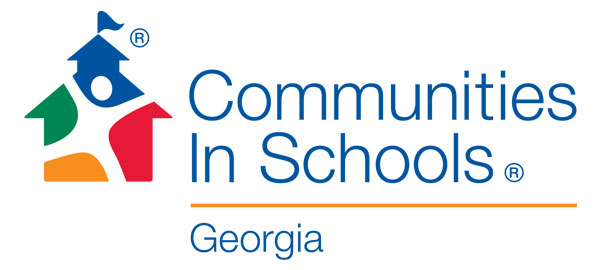The Georgia Coalition for Public Education brought together about 100 teachers, principals, superintendents, state educational leaders, and education advocates recently to look at “community schools.” As the state’s premiere model in student support or student wrap-around services, Communities In Schools of Georgia (CIS Georgia) took part in the meeting.
Organizers of the meeting have said they are promoting the concept of community schools as a way to create local solutions for learning across Georgia, and are calling for local school administrators and school board members to implement at least one community school in their district.

The concept of community schools, as presented in the meeting, follows the model of Communities In Schools — which brings together partners to provide resources and supports to students across Georgia who are facing barriers and obstacles that might cause them to drop-out of school. CIS Georgia has been providing these services to students across the state for 40 years, and has a proven record of success. Serving approximately 130,000 students in 233 schools in 41 school districts across the state, CIS Georgia achieved a graduation rate of 91.4 percent last year amongst students served, about 10 points higher than the state graduation rate.
Working through 27 affiliates across Georgia, CIS works in the school and local community to:
● Conduct an assessment of the community to determine the need for CIS
● Partner with school district leadership to identify where CIS can have the greatest impact
● Hire, train and assign a site coordinator to a school or schools in need
● Partner with school districts, local agencies, businesses and foundations to garner support for the organization and its work
● Mobilize community resources to address academic and non-academic barriers
● Continuously evaluate their work at all levels to ensure progress is made and goals are met
The work of CIS Georgia impacts students and their families, especially those struggling to access and navigate the maze of public and private services that might be available. Through a school-based site coordinator, CIS Georgia is housed directly inside the school with the students, and able to connect these resources with the schools and students that need them most.
This is important in Georgia where nearly two-third of Georgia’s 1.7 million students in K-12 public schools are low income students. Statistics from the CIS National Impact Report show that these students from low income families are more likely to be chronically absent from school; are three times more likely to repeat a grade; and are two times more likely to drop out.
While dropout percentages are lower today than they were a few years ago, and while Georgia’s graduation rates continue to rise, there remains a harsh reality in our state. Data from the National Center for Education Statistics show that Georgia’s high school dropout rate remains above the national average. In other words, we still have work to do in Georgia.
According to a report by the Alliance for Excellent Education, nearly one third of all high school students and nearly half of all students of color will fail to graduate on time. Digging a little deeper, that means that nationally, more than 4,000 students drop out of school every school day, which calculates to nearly 750,000 students every year who do not graduate from high school with their peers.
The dropout rate in any state has a major impact on that state, and its economy, and Georgia is no exception.
Let’s put it into perspective:
● According to the Alliance for Excellent Education, dropouts from the class of 2019 alone will cost the nation more than $337 billion in lost wages.
● According to the U.S. Bureau of Labor Statistics, high school dropouts are nearly three times more likely to be unemployed than college graduation. And even when employed, high school dropouts earn about $8,000 a year less than high school graduates, and approximately $26,500 a year less than college graduates.
● According to the U.S. Department of Justice, 70 percent of Georgia’s state prison inmates are high school dropouts, and high school dropouts are 3.5 times more likely than high school graduates to be arrested in their lifetime (Alliance for Excellent Education). They also report that a one-year increase in average education levels would reduce arrest rates by 11 percent.
● Reports from the State indicate that Georgia spends about $10,000 a year to educate a child; and in contrast, spends nearly $30,000 a year to incarcerate an inmate.
As the state’s premiere model for dropout prevention and wrap-around student support services, we hope this issue of community schools will remain in the forefront. We believe that all students can succeed in school if given the opportunity. There are many reasons a child chooses to drop out of school, and CIS Georgia works inside the schools to help remove the barriers and obstacles that might force a child to give up on their future. It’s time for Georgia to truly embrace the concept of student support services.
